The world of motorsport witnessed a historic moment in January 2021 when Scuderia Ferrari announced the signing of Maya Weug as their first-ever female driver to join the prestigious Ferrari Driver Academy. This groundbreaking appointment marked not just a personal triumph for the young Dutch-Belgian racer but signaled a potential shift in the male-dominated realm of Formula 1 development programs.
Born in 2004 in the Netherlands to a Belgian father and Dutch mother, Maya Weug's journey to becoming Ferrari's pioneering female junior driver began with humble origins. Unlike many young drivers from wealthy motorsport dynasties, Weug came from a family with no prior racing connections. Her passion for speed manifested early when she first sat in a kart at just six years old during a family vacation in Spain.
What followed was a relentless pursuit of excellence that would eventually catch the attention of Ferrari's talent scouts. Weug progressed through the karting ranks with remarkable consistency, demonstrating not just raw speed but the technical understanding and racecraft that separates good drivers from potential champions. Her breakthrough came in 2018 when she became the first female winner in the prestigious IAME International Final in Le Mans.
The pivotal moment in Weug's career came through the "Girls on Track - Rising Stars" program, a joint initiative between the FIA and Ferrari aimed at identifying and nurturing female racing talent. Competing against 15 other young women from across Europe, Weug impressed the judges with her technical feedback, adaptability, and consistent lap times. Her performance was so compelling that Ferrari broke with tradition to bring a female driver into their academy for the first time since its 2009 inception.
Joining the Ferrari Driver Academy represented both an opportunity and a challenge for the then-16-year-old. The program, which has nurtured talents like Charles Leclerc and Jules Bianchi, is renowned for its intense physical and mental training regimen. Weug embraced the demanding schedule, which includes simulator work, physical conditioning, media training, and intensive technical briefings with Ferrari engineers.
Weug's first season in single-seaters came in 2021 with the Iron Lynx team in the Formula 4 Spanish Championship. The transition from karts to cars is notoriously difficult, but Weug adapted quickly, scoring points in her debut season. While the results didn't immediately set the world alight, insiders noted her steady improvement and ability to absorb complex technical information - qualities highly valued in development drivers.
The 2022 season saw Weug take another step forward, contesting both the Italian Formula 4 Championship and selected rounds of the ADAC Formula 4 series. Racing against highly-touted prospects like Andrea Kimi Antonelli (now part of Mercedes' junior program), Weug began showing flashes of the potential that convinced Ferrari to sign her. A seventh-place finish at Imola in the Italian championship stood out as particularly promising.
What makes Weug's story compelling isn't just her gender breakthrough but her complete approach to the sport. Unlike some junior drivers who focus solely on speed, Weug has developed a reputation for her engineering-like understanding of car setup and race strategy. Ferrari engineers have praised her ability to provide precise feedback during testing sessions, a skill that often takes drivers years to develop.
The physical demands of modern single-seater racing present another challenge Weug has met head-on. At 1.72m (5'8"), she's taller than the average junior driver, requiring extra work to meet the weight targets. Her dedication to physical conditioning has seen her develop the neck strength required to handle high G-forces while maintaining the lean physique needed for optimal performance.
Weug's presence in the Ferrari Driver Academy has coincided with increased attention on female participation in motorsport's highest levels. While women have competed in Formula 1 before - with Lella Lombardi being the last to score points in 1975 - the sport has remained overwhelmingly male. Weug represents perhaps the most credible female prospect in decades, benefiting from the same development pathway as her male counterparts.
The 2023 season marked another progression as Weug stepped up to the more powerful Formula Regional European Championship with KIC Motorsport. The jump in horsepower and aerodynamic complexity provided new challenges, but also opportunities to showcase her developing skills. While the results were mixed in her rookie FRECA season, several midfield finishes demonstrated her growing competence against more experienced competition.
Beyond her on-track development, Weug has become an important ambassador for women in motorsport. Her calm, articulate manner in interviews and willingness to discuss both the opportunities and challenges of being a female in racing has made her a role model. Unlike some junior drivers who bristle at the "female driver" label, Weug embraces the significance of her position while insisting she wants to be judged purely on performance.
The road from junior formulas to Formula 1 remains notoriously difficult, with only a handful of drivers making the leap each year. Weug faces intense competition not just from other FDA drivers but from across the global junior racing landscape. However, her methodical approach and continuous improvement suggest she may have the attributes needed to progress through the ranks.
Looking ahead, motorsport analysts will be watching Weug's development closely in the coming seasons. A potential move to Formula 3 - the final stepping stone before F2 and F1 - could come as early as 2024 if she continues her upward trajectory. While it's too early to predict whether she'll break the modern-era F1 gender barrier, her presence in Ferrari's program has already changed perceptions about women's potential in the sport's highest echelons.
What remains undeniable is that Maya Weug has broken new ground simply by earning her place in the Ferrari Driver Academy on merit. Her journey from karting prodigy to single-seater prospect embodies the dedication required to succeed at motorsport's highest levels. As the first female to wear the famous Ferrari junior colors, she carries not just her own ambitions but the hopes of countless young girls who now see motorsport as a viable pursuit.
The significance of Weug's achievement extends beyond individual results. Her presence in the FDA has prompted other teams to more actively scout female talent, while the "Girls on Track" program that discovered her has expanded globally. Whether or not she ultimately reaches Formula 1, Maya Weug has already left an indelible mark on motorsport's development pathways.
As the 2024 season approaches, all eyes will be on this pioneering young driver as she continues to write her unique chapter in Ferrari's storied racing history. In a sport where hundredths of a second separate success from failure, Maya Weug has already proven herself a winner in breaking through one of motorsport's most enduring barriers.
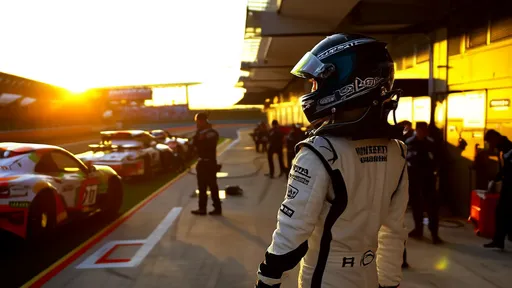
By /Jun 14, 2025
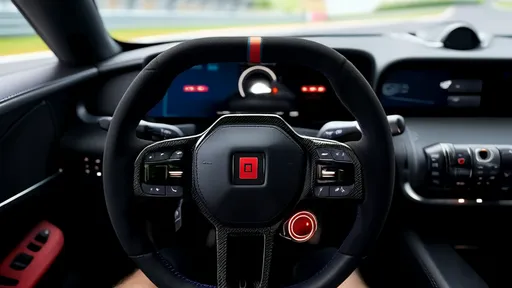
By /Jun 14, 2025
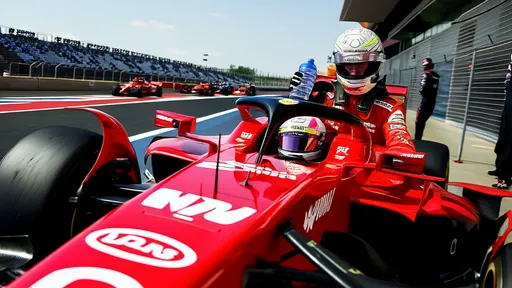
By /Jun 14, 2025
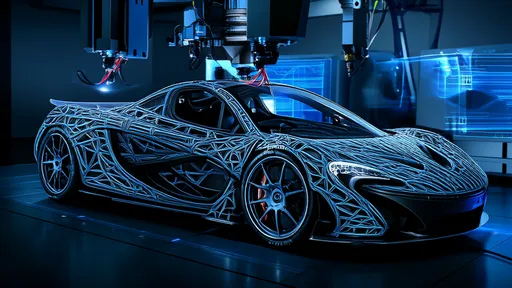
By /Jun 14, 2025
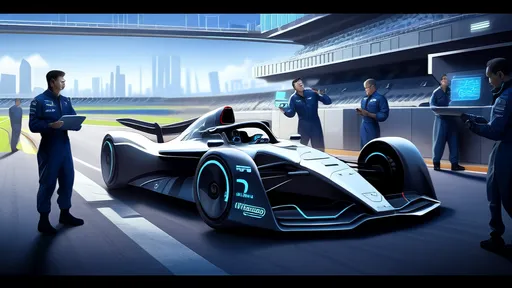
By /Jun 14, 2025
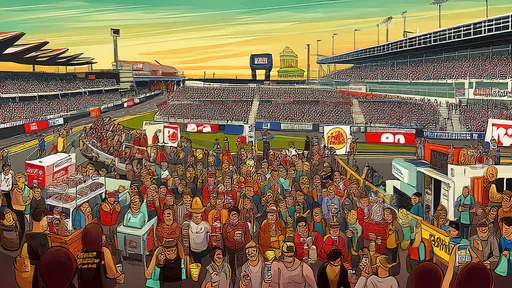
By /Jun 14, 2025
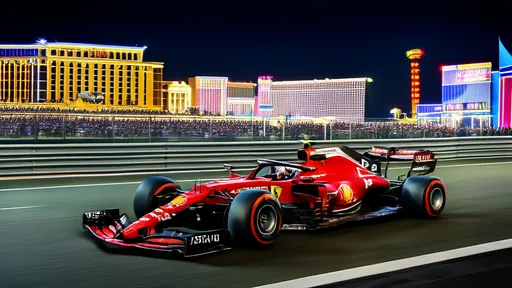
By /Jun 14, 2025

By /Jun 14, 2025
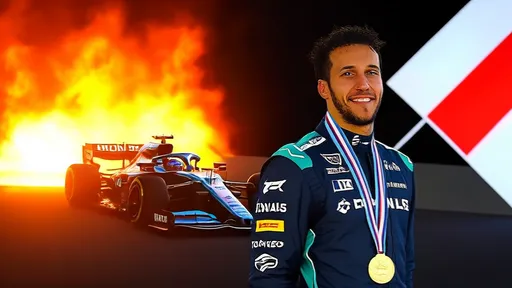
By /Jun 14, 2025
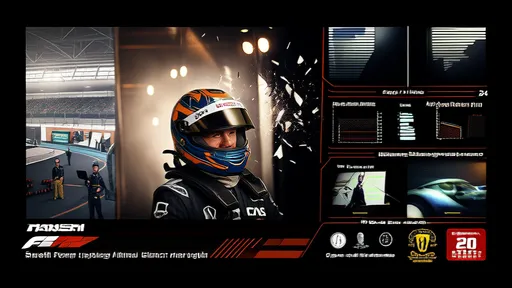
By /Jun 14, 2025
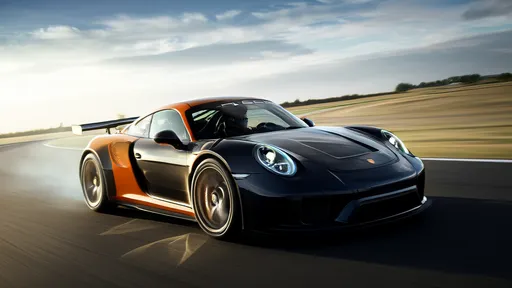
By /Jun 14, 2025
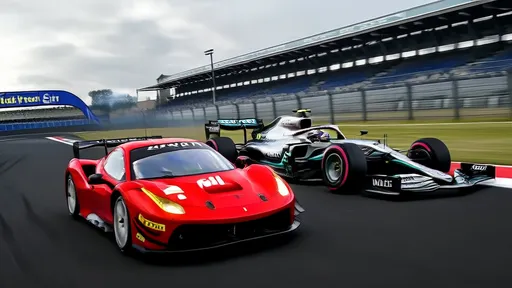
By /Jun 14, 2025
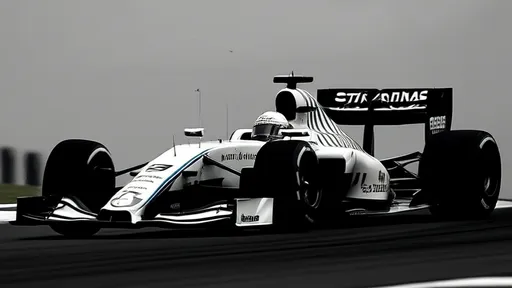
By /Jun 14, 2025
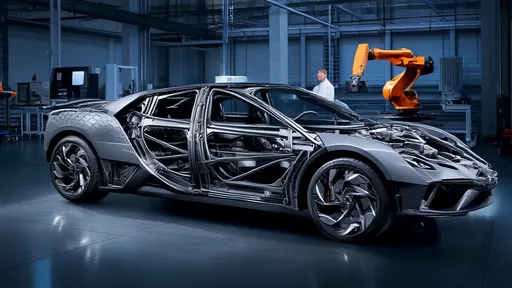
By /Jun 14, 2025

By /Jun 14, 2025
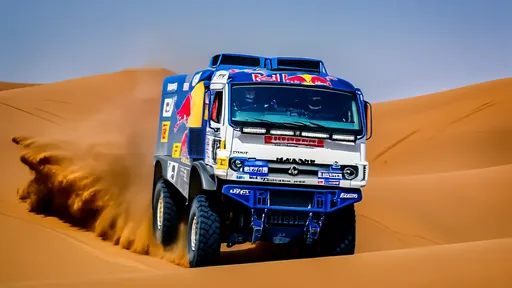
By /Jun 14, 2025
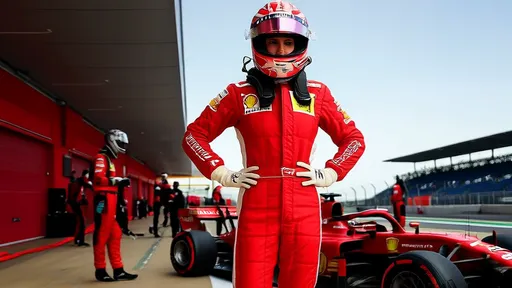
By /Jun 14, 2025